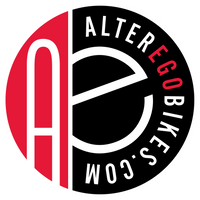Please carefully examine the entire bike for any loose nuts and bolts. Any loose nuts and bolts must be properly tightened for safety and smooth operation. Please pay special attention to the following components to ensure they’re properly installed, tightened, and adjusted before your first ride: handlebar, stem, pedals, crank arms, and wheels. While some of the components come pre-assembled, this step is still essential to the safe operations of the bike. Failing to do so may cause a loose component to detach or fail during use and lead to serious injury.
• Wheels: When assembling your bike, it is critical to secure the front and rear wheels and ensure that the wheel axle nuts are sufficiently tightened. Properly installed wheels are essential to the safe use of the bike.
• Tires: Both tires must be inflated to the specifications outlined shown on the tire sidewall. Failing to do so will reduce performance, increase tire wear, and compromise your safety.
• Crank and Pedals: Ensure the crank pedal arms and pedals are tightened to the recommended torque values. The required tool for the crank is a 8mm hex key, and the recommended torque 30-35 N.m. The required tool for the pedals is a 15mm wrench, and the recommended torque 35-40 N.m.
• Brakes: Ensure brakes are secure, adjusted, and working properly. When braking, apply the rear brake first, then the front brake. Applying the brakes in the wrong sequence may lead to serious injury. We recommend performing the above safety check every 200 to 300 km (120 to 180 miles) or if the bike has not been used for more than three weeks. If you ride the bike regularly but only for short distances at a time, we also recommend performing the above safety check every 2 to 3 months.
